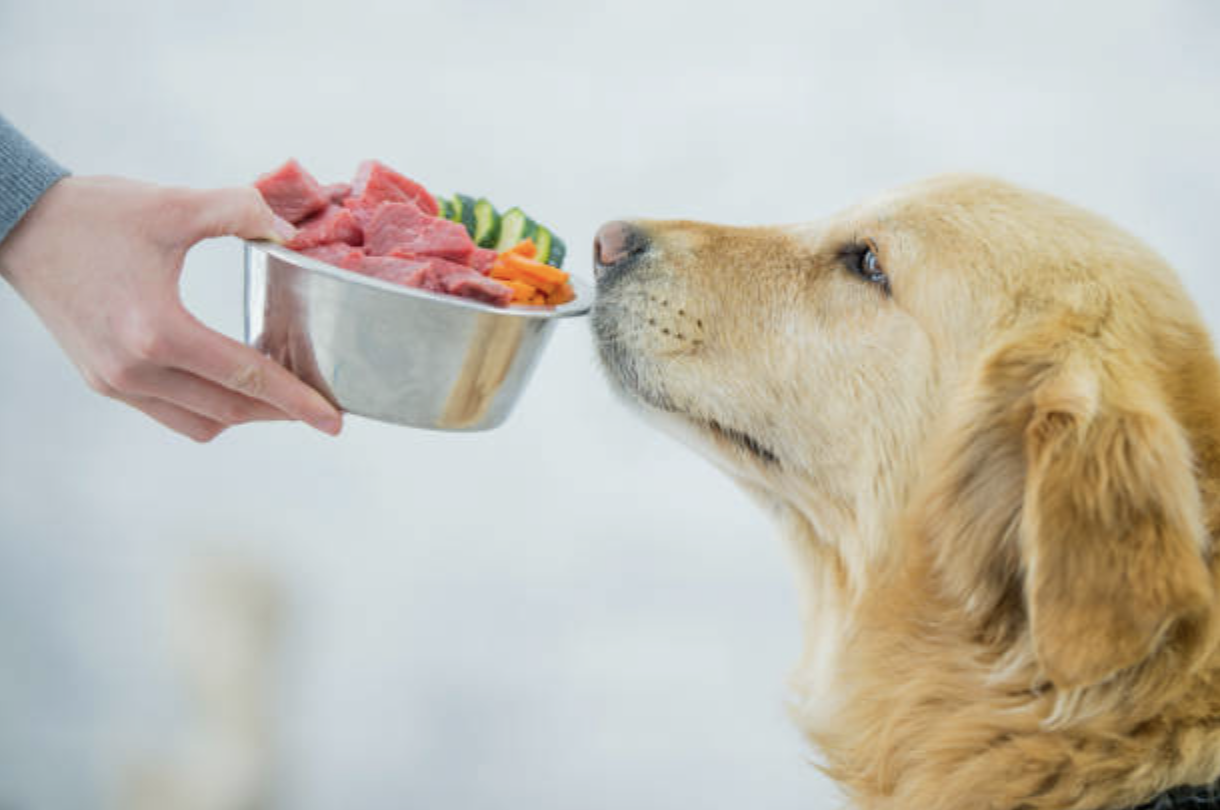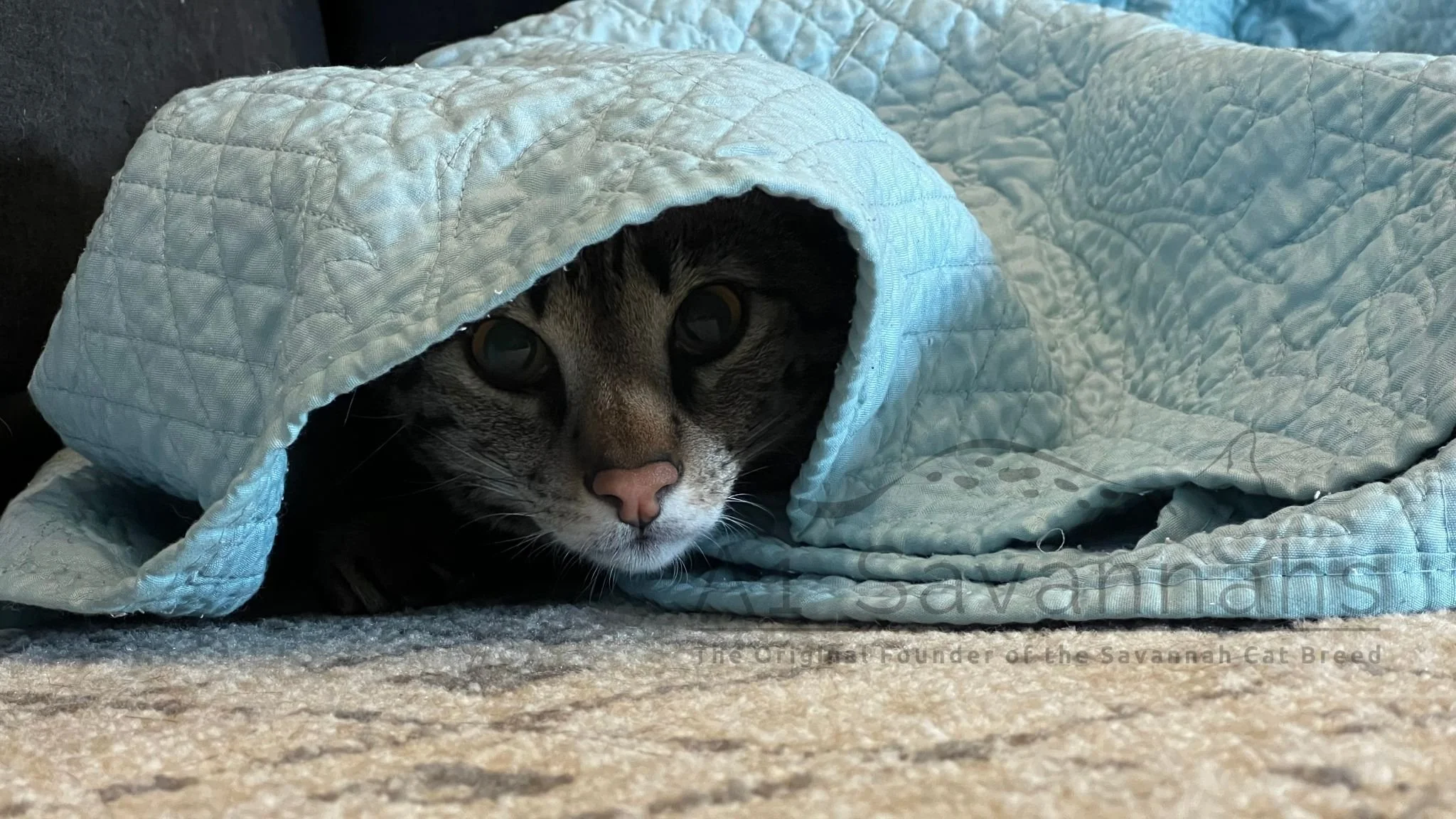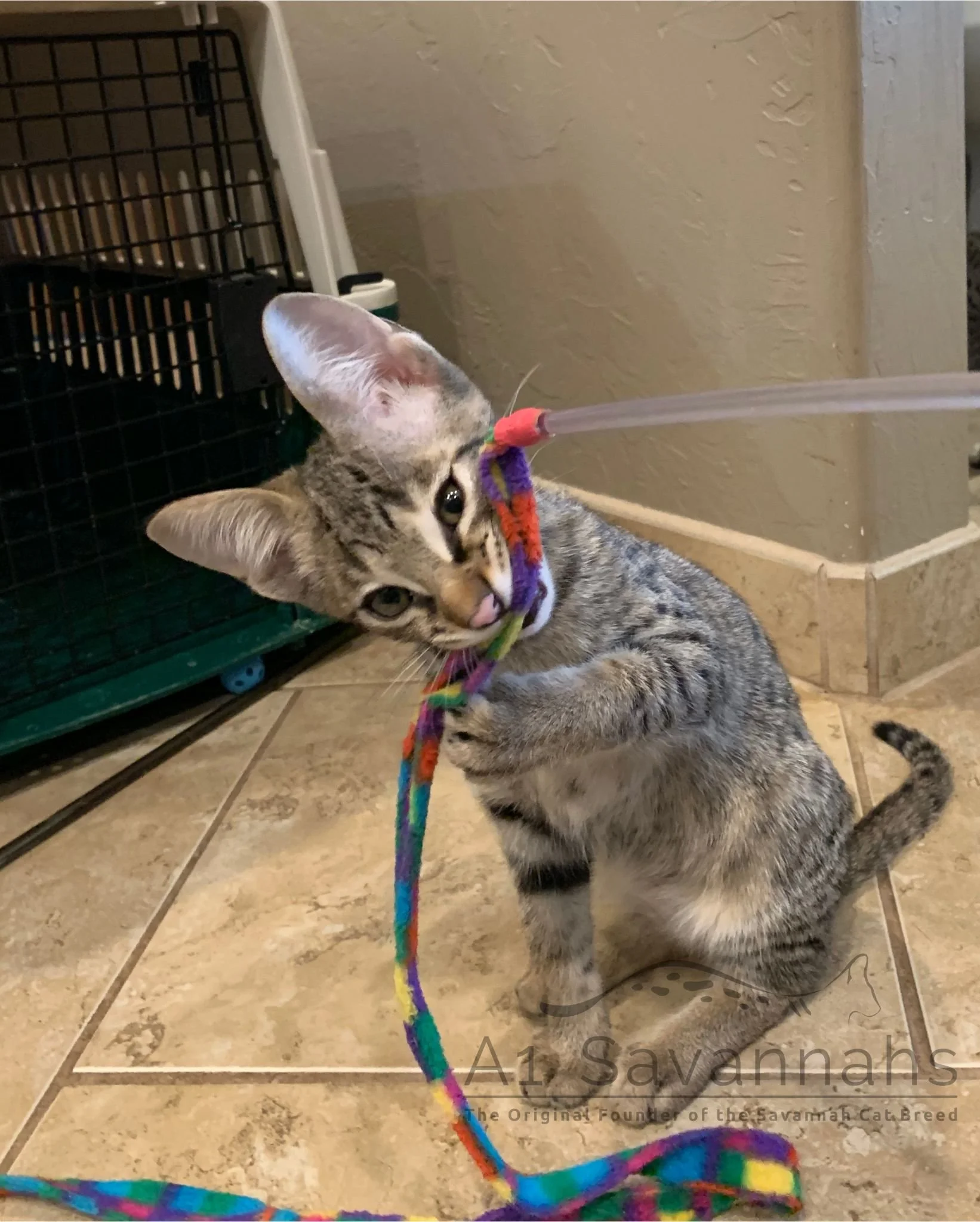Have you ever thought about how much your pet’s food affects their health and happiness?
Just like humans feel better when eating fresh, nourishing meals, pets also thrive when their food is made with the right ingredients.
The quality of what goes into their bowl plays a big role in their energy, coat shine, digestion, and even their mood.
The Link Between Ingredients and Pet Health
The nutrients your pet gets come directly from the ingredients in their food. High-quality ingredients offer natural vitamins, minerals, and proteins that keep their body strong.
Poor-quality ingredients may not provide the same level of nutrition, which can impact how they feel and look. Choosing acana dog food made from fresh, natural, and wholesome ingredients helps your pet stay active, happy, and healthy.
How Nutrients Work Together
Protein supports muscle strength, healthy fats keep the skin soft and coat glossy, and carbohydrates provide lasting energy.
Vitamins and minerals strengthen the immune system, while antioxidants protect the body from everyday stress. When all these nutrients are balanced in the right way, pets enjoy better health and more energy to play and explore.
Benefits of Real Meat in Pet Food
One of the most important parts of pet nutrition is protein quality. Real meat, like chicken, beef, lamb, or fish, is a rich source of amino acids that pets need for growth and repair.
Fish-based proteins also add omega-3 fatty acids, which support joint health and keep the coat shiny. Choosing food with real meat as the first ingredient ensures your pet is getting the nutrition their body can use effectively.
Why Meat Quality Matters
High-quality meat is more digestible, meaning your pet can absorb and use the nutrients better. It also provides more natural flavor, making mealtimes something they look forward to.
Fresh Vegetables and Fruits for Natural Goodness
Vegetables and fruits in plaque off powder dogs offer natural sources of fiber, vitamins, and antioxidants.
Ingredients like carrots, blueberries, sweet potatoes, and spinach help keep digestion smooth and the immune system strong. They also provide important plant-based nutrients that work alongside proteins and fats to support complete health.
Fiber for Digestion
Fiber from vegetables and fruits helps maintain a healthy gut. A balanced gut leads to better nutrient absorption and more consistent energy levels.
Healthy Fats for Energy and Shine
Fats are not just a source of energy; they also keep your pet’s skin hydrated and coat looking silky. Healthy fats like fish oil, flaxseed, and chicken fat are packed with omega fatty acids that improve skin condition and add a natural shine to the coat. The right balance of fats also supports brain health and overall vitality.
Whole Grains for Balanced Nutrition
Whole grains like brown rice, oats, and barley provide steady energy and support digestive health. They are rich in fiber and essential nutrients, helping to keep your pet satisfied between meals. Unlike fillers, whole grains contribute real nutritional value.
Importance of Natural Preservation
Pet food made with natural preservatives like vitamin E or rosemary extract stays fresh without unnecessary additives. This means your pet enjoys the benefits of wholesome ingredients without exposure to artificial chemicals. Freshness also keeps the taste appealing, encouraging healthy eating habits.
Avoiding Unnecessary Fillers
While every ingredient in quality pet food serves a purpose, some foods add unnecessary fillers that provide little to no nutrition. Choosing a formula with nutrient-rich ingredients ensures that every bite your pet takes is doing something good for their body.
How to Spot Quality Ingredients on Labels
When looking at a pet food label, the first few ingredients tell you a lot about its quality. Real meat, whole grains, and fresh vegetables should be at the top of the list. Avoid products where the main ingredients are vague or overly processed. A clear ingredient list reflects transparency and quality.
Tailoring Ingredients to Your Pet’s Needs
Every pet is unique. Some may benefit from grain-free recipes, while others need food rich in omega-3s for skin health. Puppies, active adults, and seniors all have different nutritional needs. Choosing quality ingredients suited to their life stage ensures they get the exact nutrition they require.
Long-Term Benefits of Quality Ingredients
Feeding your pet food made with quality ingredients is an investment in their long-term health. Better nutrition leads to a shinier coat, stronger muscles, improved digestion, and more playful energy. It also supports a stronger immune system, helping them stay healthy year after year.
Conclusion
Quality ingredients truly make all the difference in pet nutrition. They provide the essential building blocks for a healthy body, an active lifestyle, and a happy spirit. By choosing food made with real meat, fresh vegetables, healthy fats, and natural nutrients, you’re giving your pet the best chance to thrive at every stage of life.









